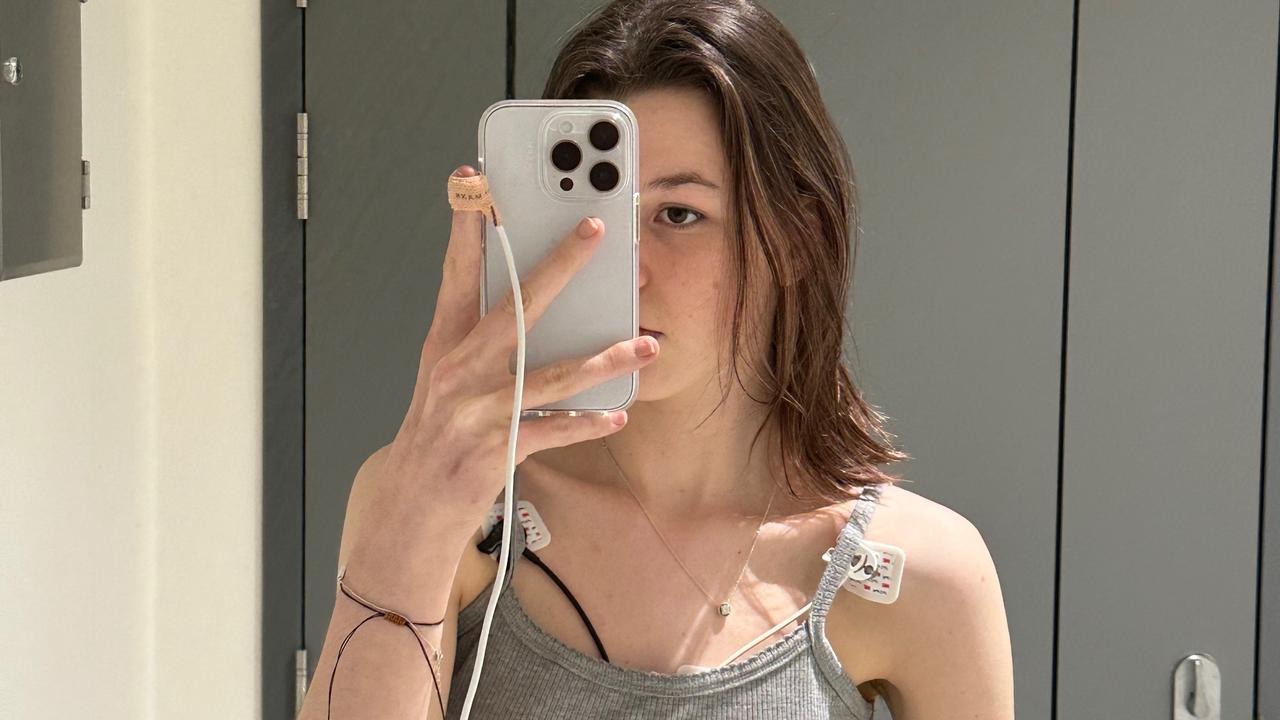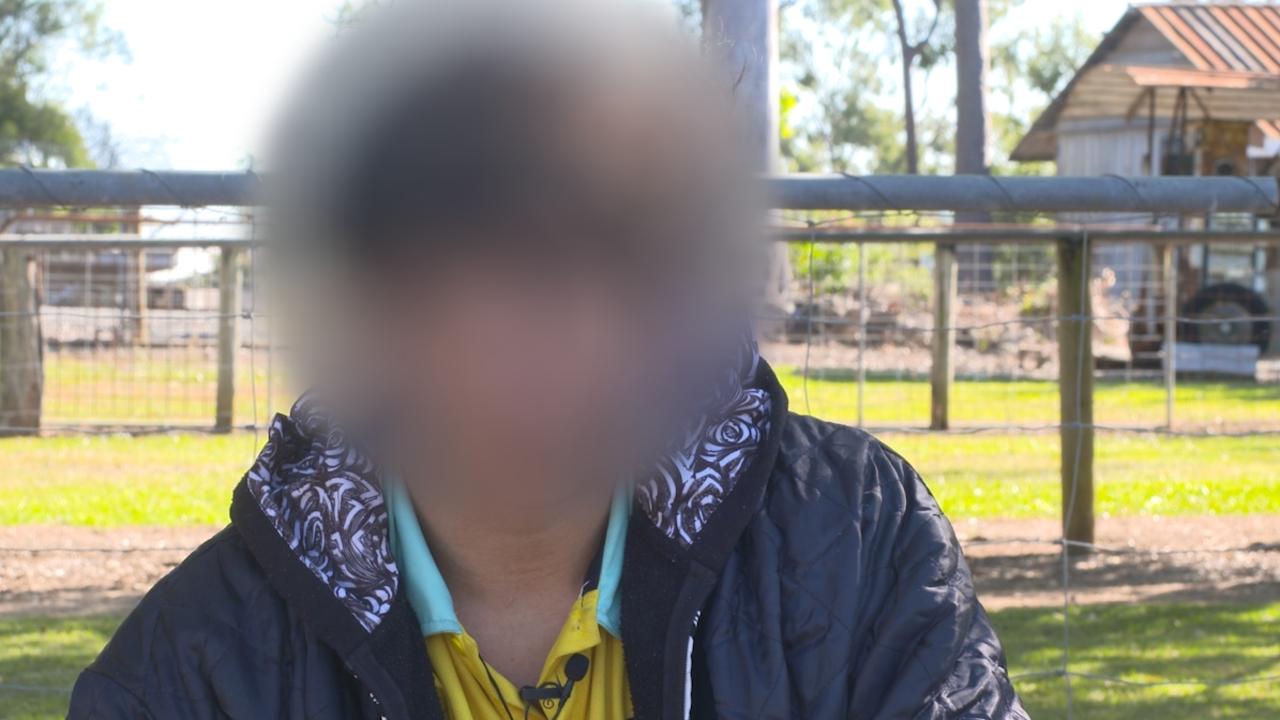Modelling shows SA avoided ‘massive’ Covid disaster by introducing restrictions, Marshall says
SA faced “tens and tens of thousands” of Covid cases every day in late December before introducing tough restrictions, Premier Steven Marshall says.
SA avoided “massive disaster” by bringing in tough restrictions in late December, Premier Steven Marshall says.
As the state’s Covid cases “stabilised” on Tuesday, with 2921 new cases – about 1100 fewer than on Monday, Mr Marshall said projections seen by the state government on December 23 and 26 showed SA was at risk of being swamped by “tens and tens of thousands of Omicon cases every day.”
A presentation to the covid ready committee on Tuesday showed the state would hit its peak in the third or fourth week of January, he said. That modelling is likely to be released in “a few days”.
“We are a few days off releasing a consolidated forecast, but we are looking to hit the peak within the month, in the third or fourth week of this month,” he said.
He said SA had avoided “a massive disaster”, with modelling in late December predicting “tens and tens of thousands of cases on a daily basis” if tough restrictions hadn’t been introduced on December 26,” Mr Marshall said.
“We have looked at the projections we received on Decemer 23 and 26, and we’ve really been able to avoid a massive disaster, where the model was predicting tens and tens of thousands of cases on a daily basis, we now see that moderating very significantly because of behavioural changes in SA, since we put those restrictions in place on December 26.
“We are still trying to determine that final peak date range and total number, but it’s a genuinely fraction of where we were heading on December 23 and 26, when we received the initial forecasting.”
SA’s all important virus doubling rate was now the slowest in Australia, aside from Western Australia, he said.
Mr Marshall said an updated hospital plan would be released in the next 24 to 48 hours using the modelling, and SA would have about 500 extra ward beds and 60 dedicated ICU beds, to be ready by the peak of the outbreak “which is not far off”.
“We need that modelling so it can project out into the future the likely hospitalisation and the length of stay both in terms of ward beds and ICU beds. That data is still new and green, so we’re looking to firm that up over the next couple of days before we make a reasonably accurate picture,” he said.
He thanked all the modellers from Adelaide Uni who had worked over Christmas to generate the forecasting.



